TL;DR
For most living rooms with a shallow, wide nook, the optimal use is as a media center: placing the TV at seated eye level, with shelves or cabinets below for storage and decorative touches. Mounting a TV above the fireplace is rarely ergonomic or visually pleasing. Alternatively, the nook can become a stylish reading spot, home office, or bar area depending on your household needs.
Rethinking That Living Room Niche
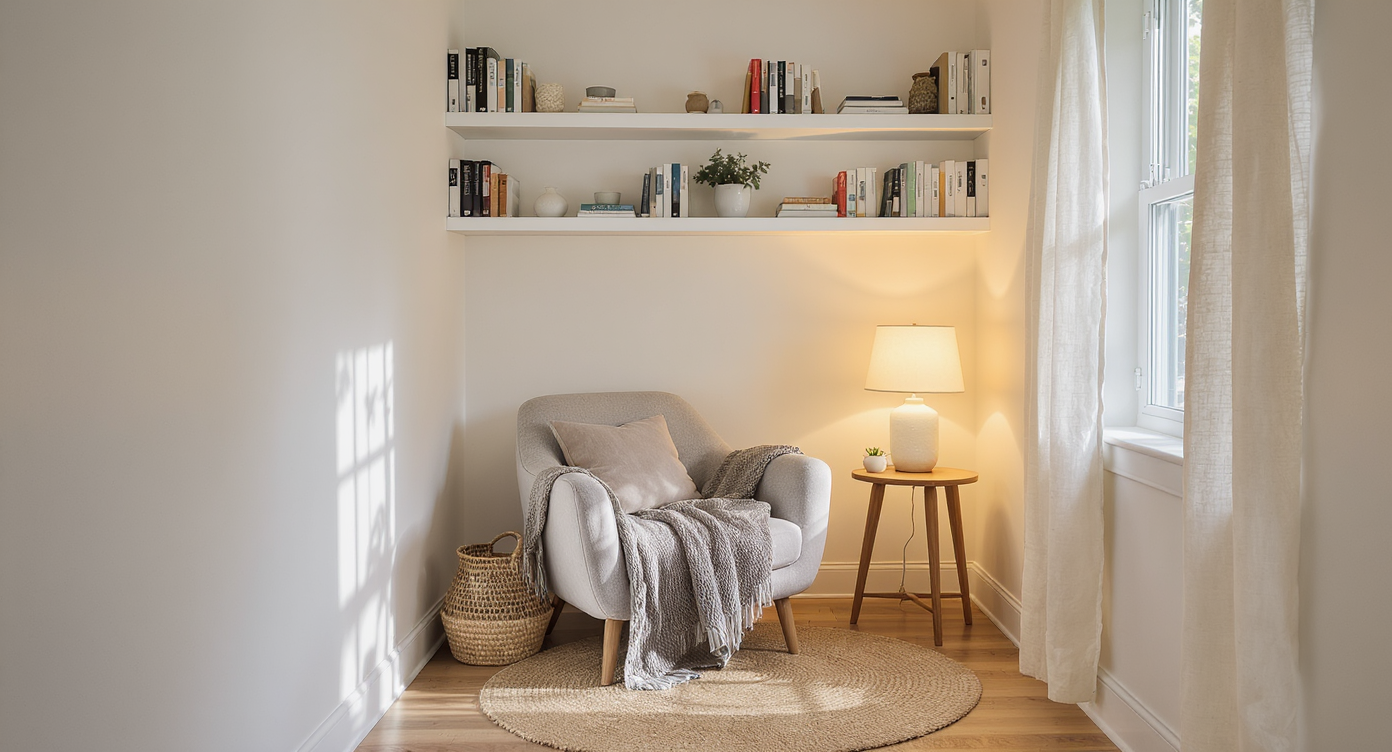
Create a cozy reading nook in a shallow space with built-in shelves and inviting, textured seating.
There’s something charming—and at times maddening—about those awkward little alcoves or nooks built into modern living rooms. I remember one couple, new to their home, caught in a friendly tug-of-war: she saw the nook as a perfect, practical home for the television; he dreamed of a cozy reading zone with floating shelves. Both had valid points. It’s a classic design dilemma—these spaces glare at us, demanding purpose, but rarely suggest their best selves from the outset.
Why does it matter? Because these niches, if thoughtfully utilized, can make or break the flow of an otherwise streamlined room. Square footage is precious, and an awkward nook is wasted potential. Over years of helping homeowners, I’ve seen how the right solution—whether stylish storage or tech-savvy media center—can make a living room feel curated and complete, not just furnished.
The Essential Strategy: TV in the Nook or a Flexible Multi-Use Zone
Here’s the thing: most built-in living room nooks weren’t just architectural afterthoughts. They were often sized and wired as media centers. That’s why, if you’re debating between mounting a TV in the nook versus over the fireplace, the answer for comfort, safety, and aesthetics almost always points to the nook.
Why? TVs look and perform best when the screen is at eye level from your main seating. Mounting above a high mantle strains your neck and rarely flatters the room’s proportions. Many readers have noted the ergonomic downsides. “My neck hurts just thinking about it,” one told me—echoing countless weary bingers. Another recalled choosing a nook install and never regretting it, even with a generously sized screen.
If TV isn’t your dream, nooks adapt well to tailored built-ins: closed cabinets below for gear and cords, open shelving for books, art, or plants above. A narrow desk, a glass-shelved display, or even a small bar are all possibilities when a TV isn’t in the cards. The key is to keep the nook’s use central to your lifestyle: daily relaxation, work, or entertaining guests.
Personally, I’ve seen too many perfectly good nooks wasted as awkward art galleries or blocked by oversized plants. Instead, treat the space as a functional focal point. Let technology, books, or even a well-dressed bar make it earn its keep.
Anecdote
I once worked with a couple who couldn't agree for weeks—he wanted a reading bench and books, she insisted a nook is built for media. She won out; shelving and cabinetry transformed it into a family-friendly media zone with space for board games and streaming gear. He later admitted it brought everyone together more often than his reading plans ever would have.
Design Mistakes to Avoid
- Mounting the TV Too High: Putting a television above a fireplace is tempting, but it often leads to awkward viewing angles, discomfort, and even potential heat damage to electronics.
- Cluttering the Nook: People often line every inch with collectibles, turning the space chaotic, not cozy. Choose display pieces with restraint. Less is more.
- Poor Lighting: Nooks often lack natural light. Forgetting to add task lights, LED strips, or picture lights makes reading or working there a chore.
- Ignoring Storage Opportunities: Skipping out on lower cabinets for media components or hiding cords leaves the nook looking unfinished or messy.
- No Clear Function: Leaving the area as a blank, catch-all space is the surest way to invite clutter—and frustration. Decide on a single main use, and design around it.
Expert Tips for Nook Design
One design-savvy homeowner shared how flank shelving with closed storage beneath allowed her to switch from a TV nook to a reading spot as seasons changed. That flexibility kept the nook feeling fresh and practical year-round. I’ve also seen built-in cabinetry with door fronts finished to blend into the wall—what looked like solid drywall hid abundant storage for everything from board games to holiday decor.
Here are a few expert strategies:
- Think Vertically: Towering open shelves give height and create visual balance, making a wide but shallow nook feel intentional and custom.
- Plan for Cables: Concealed wire management and integrated outlets keep technology tamed and avoid the eyesore of trailing cords.
- Modular Mindset: Choose modular furniture or custom cabinets you can adjust as your needs shift—like adding a wine fridge or extra storage later on.
- Layer in Lighting: Wall sconces, puck lights under shelves, or even a pendant above a desk make the nook glow and double as a feature.
Tools, Inspiration & Resources for Nook Planning
There are plenty of digital tools and sources to help you see the possibilities. Sketch out concepts with free online floor planners. Take photo inspiration from platforms like Houzz or Pinterest, searching for 'living room nook built-ins' or 'media alcove ideas.'
And if you’re struggling to visualize your ultimate nook, a platform like ReimagineHome can let you upload your room photo and play with custom options before making changes. Even a quick digital mockup can prevent regret and spark exciting new plans.
Visualization Scenario
Picture this: you walk into a bright, airy living room. Under a bank of floating shelves, a sleek, low console tucks away cords and remotes. The TV rests at perfect eye level, flanked by plants and family photos. On a snowy evening, the nook glows softly with hidden LED strips, inviting you to settle in—even if just to read a chapter or share a glass of wine.
Common Questions on Living Room Nooks
- Should I always put my TV in the living room nook?
Not always, but it’s commonly the most ergonomic and wiring-friendly place, especially if the nook is at eye level from the sofa and equipped with the right outlets. - What if there’s strong sunlight near the nook?
Consider blackout shades, glare-reducing films, or positioning your TV so window reflections don’t land on the screen. Alternately, use the nook for books or storage. - Can I turn a nook into a home office?
Absolutely. A narrow desk, overhead shelves, and a stylish chair can make an efficient, stylish workstation out of an underused corner. - Are custom built-ins worth the cost for a nook?
Custom millwork offers a tailored look and maximizes tricky dimensions. If the budget is tight, modular shelving and off-the-shelf cabinets can work wonders with thoughtful placement.
Making Your Living Room Nook Work for You
Your living room nook isn’t an afterthought. With a bit of intention and vision, it becomes the heartbeat of the home—whether that means movie marathons, mini-library moments, or a sophisticated home bar. Small tweaks like lighting and hidden storage make a big difference.
If you're stuck at a design crossroads, remember: form and function can (and should) work together, and your own habits matter most. Even a simple, well-planned nook can turn an awkward corner into the family’s favorite spot.

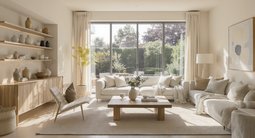
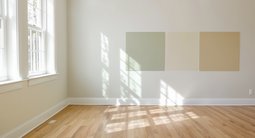
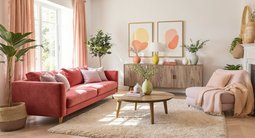
.svg)

.svg)
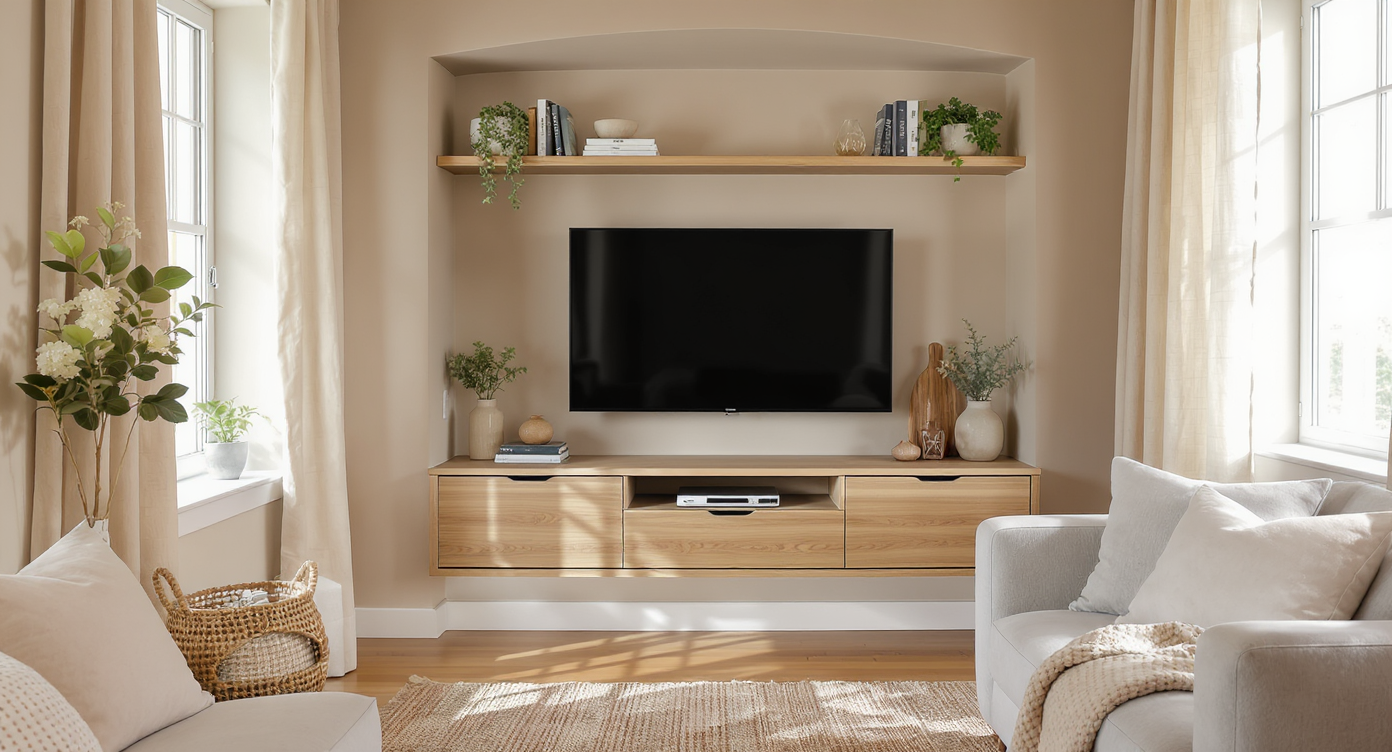


.png)